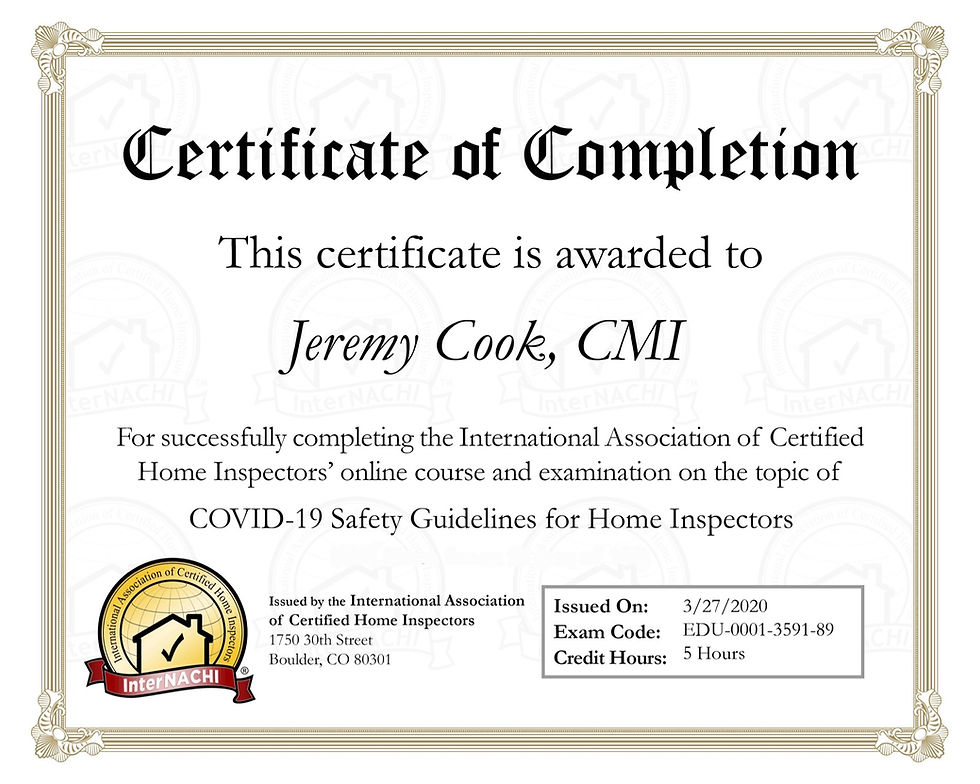Knob & Tube Wires
- Jeremy Cook

- Feb 7, 2020
- 1 min read
Knob and tube wiring gets its name from the bare wires and porcelain knobs used to wire homes in the early part of the 20th century. You won't see knob and tube in anything built after the 1940's but it was all there was before that. If you're considering buying a home built in let's say, 1910, you should be checking for knob and tube wiring.
The main issue was that it caused fires in a lot of homes. The bare wires, if overheated, would quickly cause a fire.
The City of Calgary, in its wisdom, still allows electricians to use pre-existing knob and tube wiring as long as it is protected by a GFCI. A Ground Fault Circuit Interrupter is a device installed between the power source and the light or outlet that will trip/shut off if there is any disruption in the current. The thought is that a GFCI will shut off before any damage occurs to the wiring, preventing fires. For my family, I would want to know if there was knob and tube in the home so I could have an electrician remove it. GFCI protection is not a 100% guarantee that it will always work in any condition. I find a faulty GFCI outlet in house inspections of bathrooms and kitchens in about 1 in 50 homes.






Comments